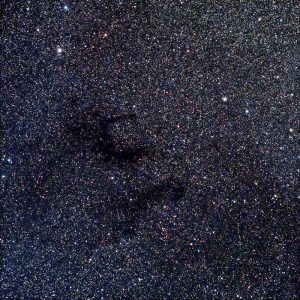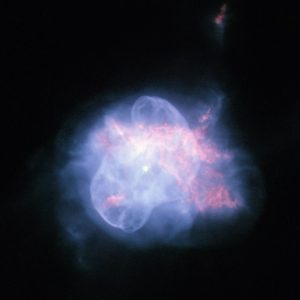Object of Interest Gallery
Each month the Director identifies an Object Of Interest which members might like to observe or image. Below this Gallery is a list of the OOI to date.
Object Of Interest Observations
List of Objects by Month
July 2022 – Barnards E

For July I thought I would suggest a dark nebula as the target, and my first thought was Barnard’s E (B142 and B 143). Actually we have a few images in the image library, and even this image by David Strange taken just a few days ago. Dark Nebulae are difficult visual targets, but Barnard’s E is not far from Altair north west, so the location should not be too hard to find. But it is about 0.5 degrees across, so a wide field is needed to show it well. Images fairly well – again probably a fast refractor will serve well. Good luck on any attempts to observe. I will look forward to seeing images posted on your members albums or your email reports.
June 2022 – NGC 6210

It is a bit of a challenge to pick objects over the bright summer months, but for June I have selected a ‘bright’ planetary nebula in Hercules, NGC 6210. Many objects in Hercules get overlooked in favour of its spectacular globular cluster M13, but this one is well worth hunting down. Being compact and blue hopefully you will be able to pick up even in the brighter June skies. Visually it is probably about 20 arc-seconds in diameter, and shines at magnitude 9.7. There is a 12th magnitude central star that should not be too hard to pick up. Visual observers note its blue colour describing it as ‘bluish’ and ‘very blue’ [1].
RA 16h 44m 29.52s
Declination +23° 47′ 59.49″
Good luck – and I’ll be pleased to receive any observations, or put your images on your Members Album.
Postscript: Stewart Moore reminds me that his April JBAA article was about NGC 6210 which you can read here. Lots of really useful and interesting information. (Apologies to Stewart for not remembering this).
May 2022 – Picot 1

For May, a departure from some of the more tricky targets, to a ‘wide-field’ one – the asterism known as Napoleon’s Hat and listed as Picot 1. It was ‘discovered’ by french amateur astronomer Fulbert Picot, and reported around the year 2000. It is easy to find being just to the south of Arcturus, and is a series of 9th magnitude (or so) stars spanning about 20 arc-minutes. So should be good for binocular observing, or for any imaging with a telephoto lens and scream, or a scope and camera that can cover about 1 degree.
The centre star location of the asterism is at RA. 14h 14m 39s Dec. 18d 36m 22s, in Bootes.
I will be very interested to see how people get on with this one! Plase upload to your Members Album or email me directly.
April 2022 – NGC 4147
Although April is typically ‘galaxy season’ – my eye alighted on a globular cluster in Coma, just on the edge of the northern part of the Virgo Cluster of galaxies. NGC 4147 is a Shapley Sawyer class IX globular cluster of around magnitude 10, so should be relatively easy for visual observing and imaging. It’s around 1.6 to 1.7 arc-minutes across which will make imaging at high scale a little more tricky. I found no recent images in the online members albums, one sent to me in 2018, and a couple in the archive from 2006 and 2007. I expect enthusiasm for the galaxies in Virgo has meant this globular has got rather overlooked.
March 2022 – Leo I
For March, as the galaxy season is hoving into view, I have selected an object from our Local Group Galaxies programme – Leo I
Leo I is a dwarf spheroidal galaxy about 900,000 light years away. It is rather diffuse but has a high intrinsic brightness. It is easy to find being just a little north of Regulus, but the glare of the star makes visual observation difficult. It was only in the 1990s that visual reports appeared. Whilst researching, I came across visual reports using a telescope of as small as 70mm aperture, but I think probably in UK conditions something larger will be needed.
| The British Astronomical Association supports amateur astronomers around the UK and the rest of the world. Find out more about the BAA or join us. |
